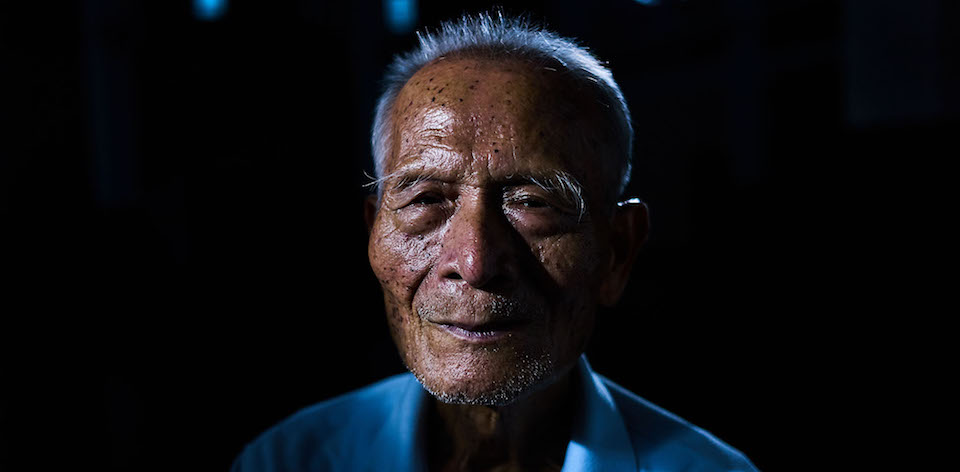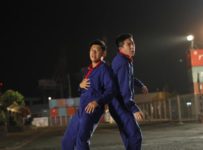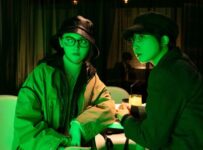Have you ever stared at someone’s face for a long time? What was their reaction? If it was someone you knew, there’s a good chance you were noticing every line, crease and dimple with a degree of affection and warmth. The act of staring, of noticing, is by its nature an intimate activity.
Filmmaker Tsai Ming-liang’s documentary pushes this idea to its limits with a series of extreme close-ups of various people, letting the camera linger for long takes. Some speak while others remain silent. At least one subject is asleep, and another plays the harmonica. When the spotlight is turned glaringly on an individual, you simply can’t predict how they will respond.
Reversing the gaze
Case in point is the first ‘face’ in YOUR FACE (你的臉), a blend of talking-head documentary and visual experimentation. The older Taiwanese woman can’t quite look at the camera at first, eventually breaking into laughter. “It feels strange and intriguing,” she confesses when prompted, which is a pretty apt description for this film.
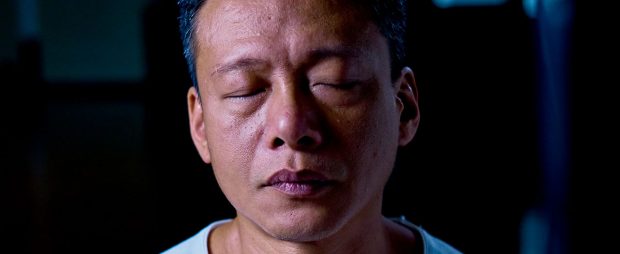
What’s even more interesting is how uncomfortable we begin to feel as an audience. Back when I was in first year university, I once found myself being stared at by a fellow student at a bus stop. I got shy, turned away, but found it impossible to ignore. Despite my lack of confidence, I eventually spoke to her, and she didn’t respond. Eventually she too found herself laughing, revealing that she was doing her psychology assignment and I was her first ‘experiment.’ While the theory was explained in my first-year sociology study of Alfred Hitchcock’s Rear Window, here I learned the unpredictable power of the gaze first-hand.
Tsai has a history with this kind of experimentation too. The Stray Dogs director has spent much of the last decade dealing in shorts and playing with the camera. 2017’s The Deserted, for example, used VR to immerse the viewer in a longer narrative that has been described as a kind of ghost story. “Since it was VR, there was no composition in the traditional sense and no close-ups as well,” he told Film Taiwan in a statement. “After I made the film, I had a sudden desire to film close-up shots. I decided to make a film made up of only close-ups.”
Each shot is lit with a massive attention to detail, allowing audiences to read the faces of people we are encountering for the first time. While many of the subjects are older men and women from Taiwan, there’s a middle-aged woman who speaks about the importance of money, and candidly talking about meeting the son of a former lover. A similarly aged man tells stories of past girlfriends and his addiction to Pachinko parlours. In this way, the camera becomes a confessional, like those cutaways in a reality show.
Shining through the dark
At most festival screenings, YOUR FACE is accompanied by LIGHT (光), a short film shot immediately following the feature. In contrast to the close-ups of faces, this short uses a similar long-take approach to examine objects in context.
The opening shots study the Spanish Islamic highlights, in all their geometrically symmetrical glory, of Taiwan’s Zhongshan Hall exteriors in the pre-dusk light. Even though these shots only account for a fraction of the 18-minute film, the time Tsai takes to complete these details places this historical building in the context of its surrounds.
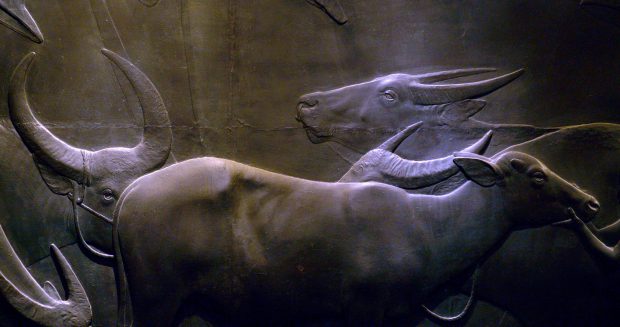
The remainder of the film can broadly be described as “Zhongshan Hall with the lights off,” literally using only natural light to explore the hallways and features of the formal building. Or as Tsai put it: “I switched off all the lights and allowed the warm winter sun to shine on her face.”
The site itself has a lot of significance to Taiwanese cinema: the location played host to the Golden Horse Film Festival for many years, where Tsai reportedly volunteered as a ticket seller while studying at university so he could see films for free. (He would, of course, go on to win several awards at the same festival). Tsai even shot YOUR FACE inside the building’s Guangfu Auditorium (or Grand Ballroom).
In LIGHT, the rooms are transformed into something otherworldly by exposing them to their most natural defaults. Shafts of sun playing off rows of benches suddenly make them look like they are inside a cave opened for the first time. Likewise, Huang Tu-shui’s plaster cast of The Water Buffalo (水牛群像), also known as South Land, is a national treasure in Taiwan. It dominates the back half of the film in all of its glorious detail, filling the screen with the titular animal, naked bodies, and straw hats. Regardless of whether you are familiar with the piece or not, it feels like a private art viewing for you alone, and as immersive as Tsai’s VR work.
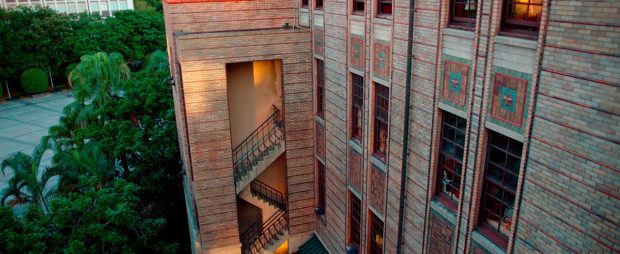
These films will not be for all tastes. By their nature, they are akin to slow cinema, and would perhaps find a more natural setting as an installation piece in a museum. Yet the communal setting of a cinema coupled with the intensity of these long gazes is transportive. As you find yourself staring at these objects and faces, don’t be surprised if you find them looking back at you.
YOUR FACE and LIGHT played at the Melbourne International Film Festival between 1-18 August 2019.

